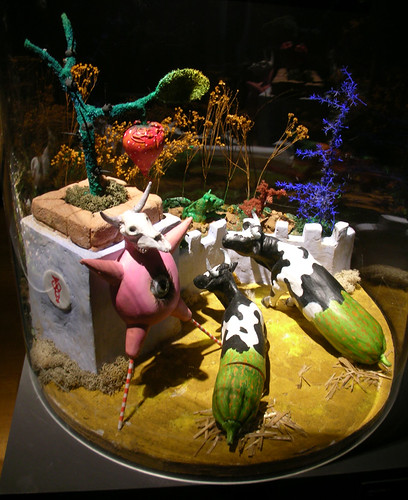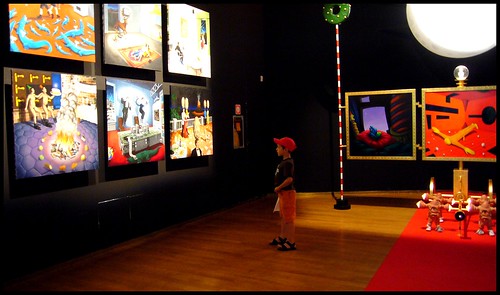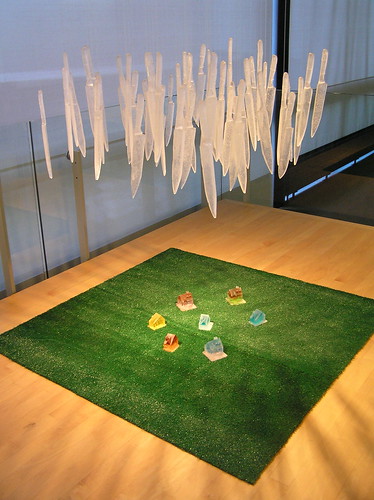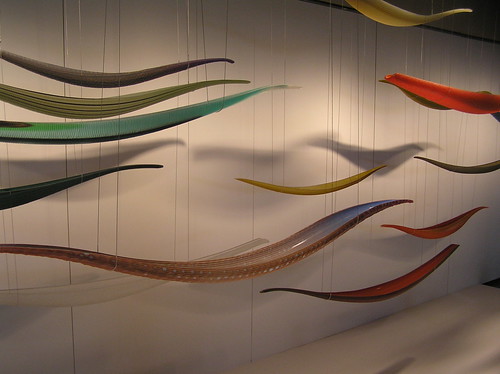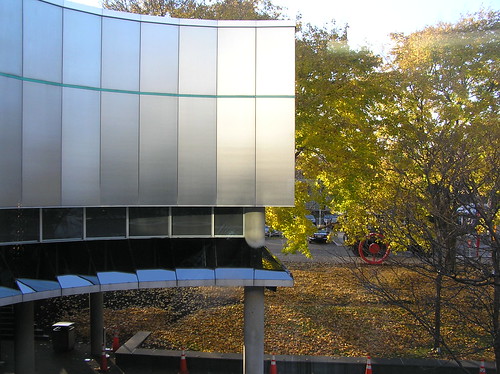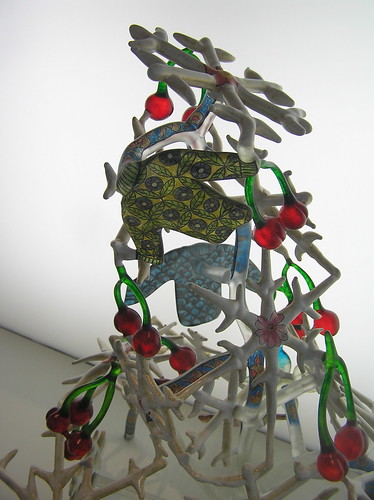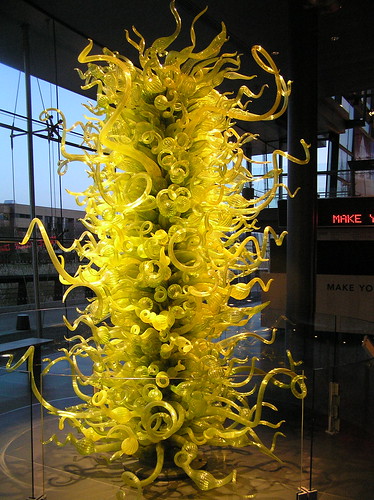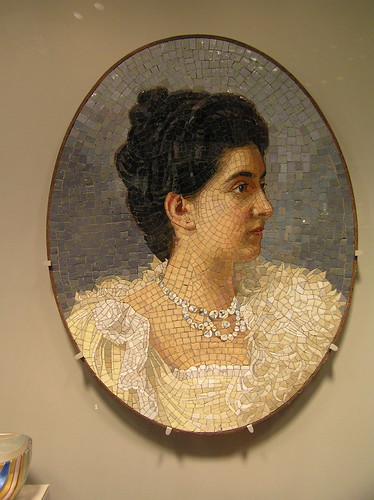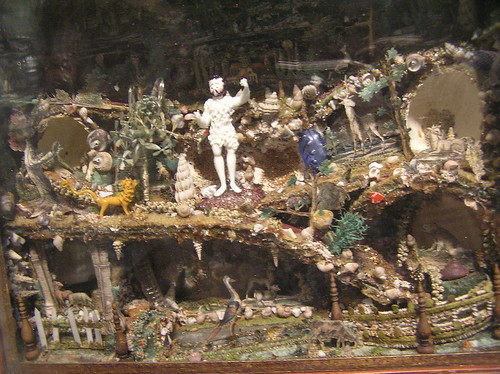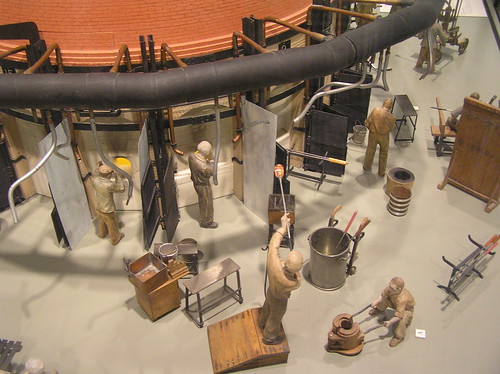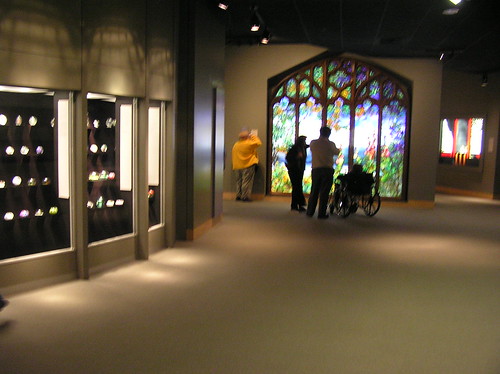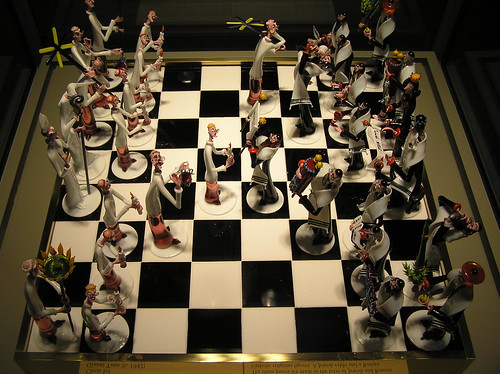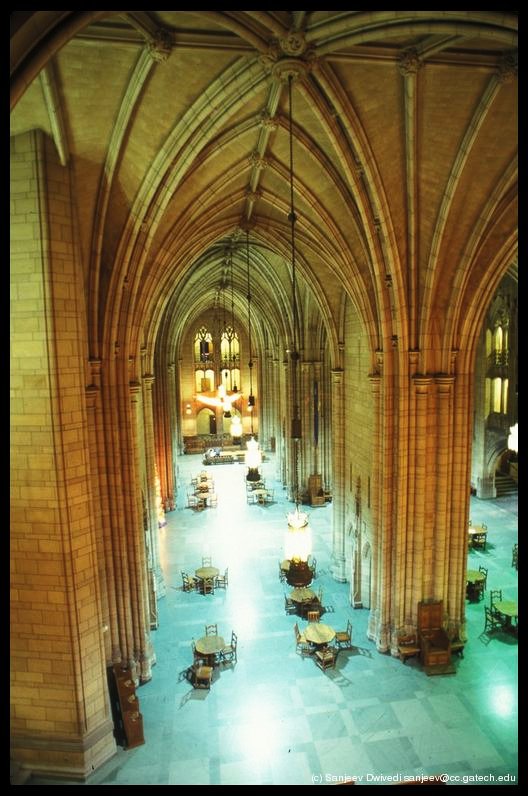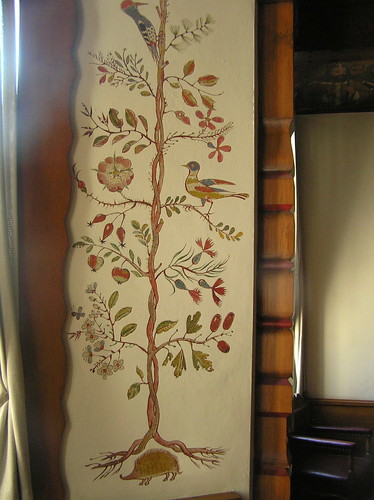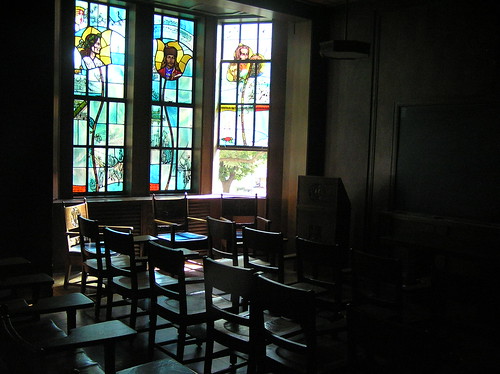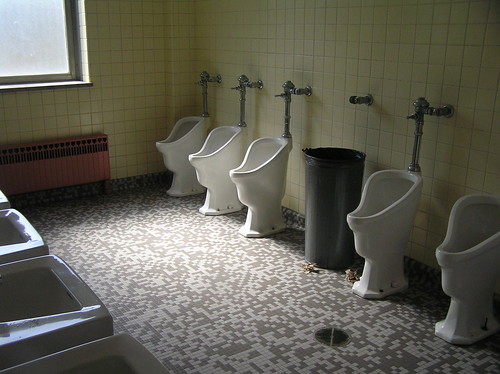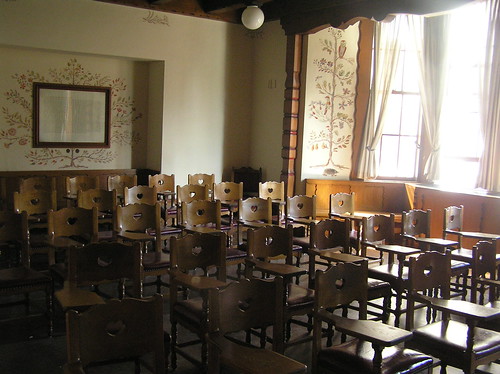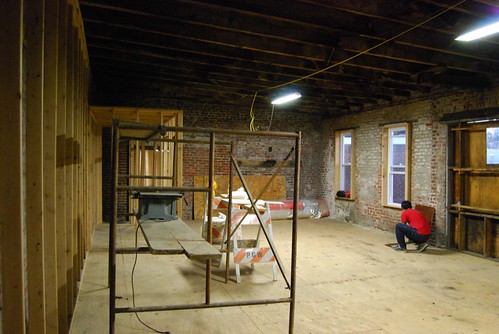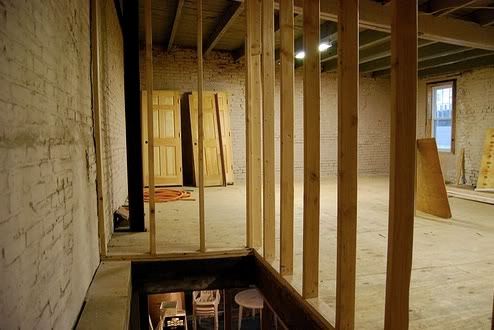Tri-State Travel Weekend
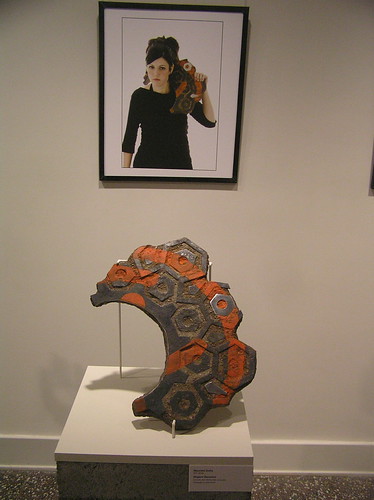 Our friend Maureen had her MFA thesis show this past weekend at the Samuel Dorsky Museum of Art, S.U.N.Y. We left Philadelphia around 3pm, expecting to be there by 6pm, but after battling Philly, Central Jersey, and New York Thruway Traffic, we didn't arrive until 8pm. We missed the formal reception which was a bummer, but Maureen and friends were able to give us a personal tour of the studios that night, as well as the gallery and her exhibit the following day.
Our friend Maureen had her MFA thesis show this past weekend at the Samuel Dorsky Museum of Art, S.U.N.Y. We left Philadelphia around 3pm, expecting to be there by 6pm, but after battling Philly, Central Jersey, and New York Thruway Traffic, we didn't arrive until 8pm. We missed the formal reception which was a bummer, but Maureen and friends were able to give us a personal tour of the studios that night, as well as the gallery and her exhibit the following day.  Inside the SDMA Exhibit.
Inside the SDMA Exhibit.
That night we enjoyed the nightlife of the rural, new age, main street of the town. We stuffed ourselves at the Mexican Restaurant on the strip, followed by dancing at the jiggy hip-hop spot across the street. This lasted until about 3am when we migrated to another bar, where a jam band was playing old hardcore covers. We did a few shots of Lime SoCo's and called it quits when SLAKR deceivingly caught mean streak tags on the bar's Chalkboard. 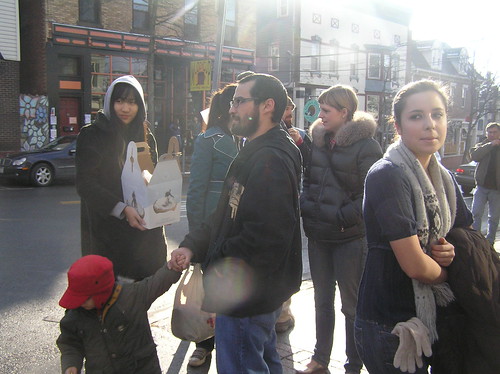 A branch of our syndicate hunting for breakfast, New Paltz, NY.
A branch of our syndicate hunting for breakfast, New Paltz, NY.
The next morning we ate bagels, toured the SDMA, hung out in the courtyard, then said goodbyes to our hosts as well as to our friends who also came, by way of Boston and NYC. We were planning to visit the Dia: Museum in nearby Beacon, but we were running very late, so we skipped that move. 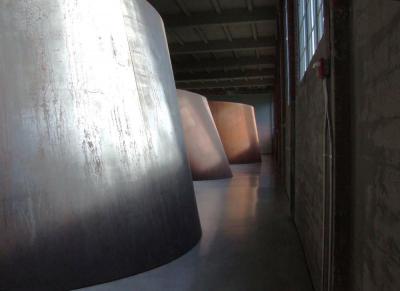 Dia:Beacon
Dia:Beacon
We headed back south and once again got caught in a nightmare of traffic and wrong turns in Central Jersey. The recurring bit of advice that highlighted the trip was "You should get GPS...." I know. Well we finally made it to Philly for the Gigantic Miniature Holiday Extravaganza Art show put on by the folks at Dutchman Studios. Dutchman Studios, South Philly
Dutchman Studios, South Philly
There was some great work done by local Philly and nearby New Jersey artists, with a percentage of the sales donated to AIDS research. It was a great turnout and there was also musical performances by Digs Darklighter and others.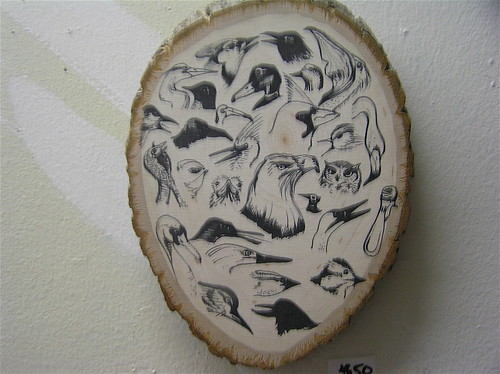 Work by Curve TGE, 2007
Work by Curve TGE, 2007
At some point in the night I left to go watch the Hatton-Mayweather Fight, a fight I had been wanting to see for the past 2 and a half years now. For full effect we watched the fight in a Center City Irish Pub crowded with Brittish Hatton fans. Needless to say Hatton got his ass handed to him, losing the scorecards before getting K.T.F.O in the 10th round.  Ricky Hatton, with girlfriend, after receiving an MBE honor from the Queen of England.
Ricky Hatton, with girlfriend, after receiving an MBE honor from the Queen of England.
The next morning more travel involved a trip to Hoboken, New Jersey. We met up with friends from Jersey and New York in hopes of seeing the Patriots lose to the Steelers, only to see the opposite happen in dramatic fashion. At least the beer and food was great. That and seeing old pals, and filling out the potential of what a 2 and a half day span can hold, is what a good weekend is about.  *posted by Jaguarman
*posted by Jaguarman







